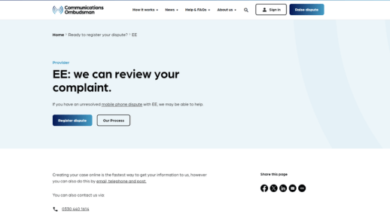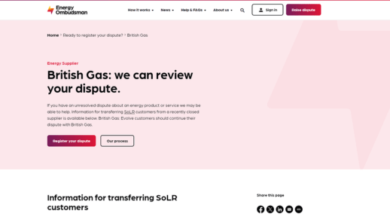Torque management is a critical component of a vehicle’s engine and transmission control systems. It is designed to protect the drivetrain and enhance vehicle durability by limiting the amount of torque (rotational force) delivered to the wheels during certain driving conditions. Disabling torque management can potentially lead to damage to the vehicle’s drivetrain components and is not recommended for normal driving.
However, some individuals may want to modify or disable torque management for specific purposes, such as performance tuning or racing applications. Please be aware that making such modifications can have significant consequences, and it’s essential to understand the risks involved.
Here are some general steps for disabling torque management in a vehicle:
1. Consult a Professional:
- Before attempting to disable torque management, it’s crucial to consult with a professional mechanic or an experienced tuner who specializes in engine performance modifications. They can provide guidance and advice based on your specific vehicle and goals.
2. Use Performance Tuning Software:
- To disable or modify torque management, you may need access to performance tuning software or tools that can interface with your vehicle’s engine control unit (ECU). Examples include aftermarket engine management systems or “tuners” that can reprogram the ECU.
3. Read and Backup the ECU:
- Before making any changes, it’s essential to read and back up the vehicle’s ECU. This backup allows you to restore the factory settings if needed.
4. Modify Torque Management Parameters:
- With the appropriate software or tuner, you can modify torque management parameters within the ECU. These parameters can include torque limits, throttle response, and other settings related to torque delivery.
5. Dyno Testing and Fine-Tuning:
- After making changes, it’s advisable to perform dyno testing to evaluate the vehicle’s performance and ensure that it operates safely. Fine-tuning may be necessary to optimize the modifications and maintain drivability.
6. Follow Local Regulations:
- Be aware of local laws and regulations regarding vehicle modifications, as well as emissions standards. Some modifications may not be legal in your area, and they may affect your vehicle’s emissions compliance.
7. Risk Assessment:
- Understand that disabling torque management can put additional stress on the drivetrain components, such as the transmission and axles. This can lead to increased wear and potential failure, especially in high-stress situations.
8. Drive Responsibly:
- If you choose to disable torque management, drive your vehicle responsibly, and be aware of the increased potential for drivetrain issues. Avoid aggressive driving that could exacerbate wear and damage.
9. Consider Professional Installation:
- It’s recommended to have torque management modifications performed by professionals with experience in engine tuning and performance modifications. They can help ensure that the changes are made safely and effectively.
Please be aware that disabling torque management is a complex and potentially risky undertaking. It’s essential to fully understand the implications and work with professionals who can guide you through the process if you decide to pursue such modifications. Additionally, always prioritize safety and compliance with local laws and regulations.
Also Read:
https://incentivepost.com/how-to-do-neuro-emotional-technique-on-yourself/
https://incentivepost.com/how-to-do-philly-special-madden-23/
https://incentivepost.com/how-to-do-planned-pooling-crochet/




